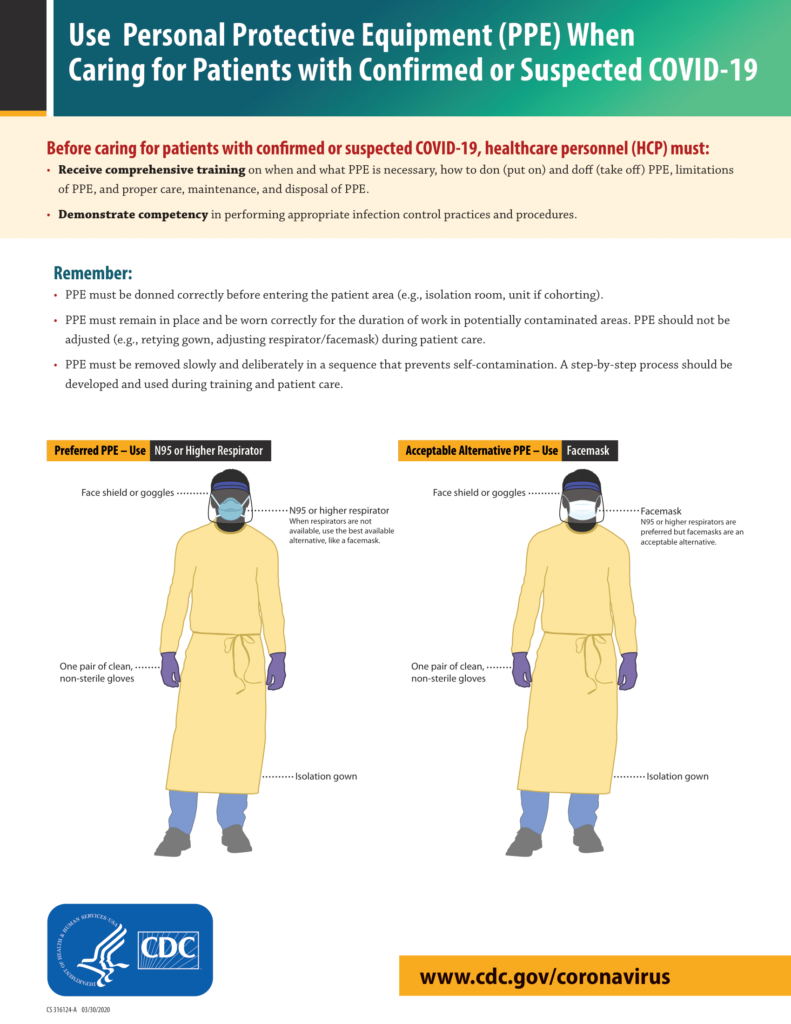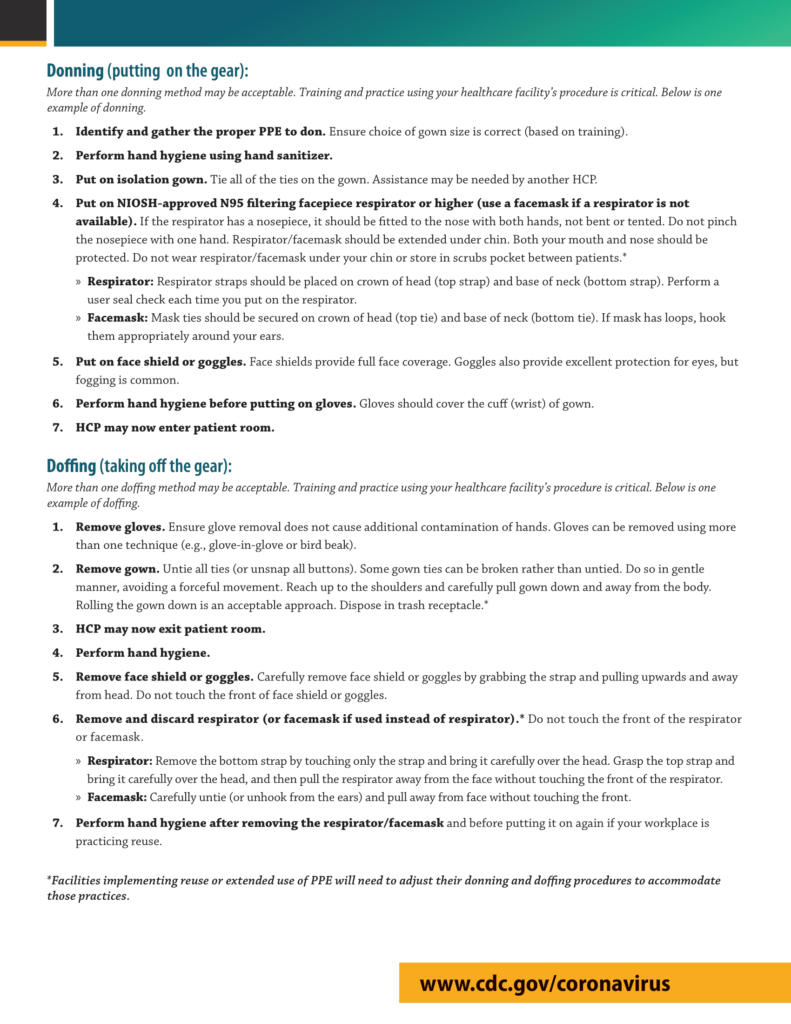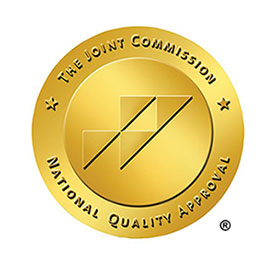Vaccines are safe and effective and the best way to protect you and those around you from serious illnesses.
All Pennsylvanians ages 6 months and older are eligible to receive a COVID-19 vaccine. Those aged 6 months to 18 years require a parental consent. Learn more about the pediatric vaccine.
All adults in Pennsylvania and children ages 5 and older are now eligible for a COVID-19 vaccine booster. Based on CDC recommendation, everyone 18 and older can schedule a booster dose five months after receiving their second dose of Pfizer or Moderna or two months after receiving the Johnson & Johnson vaccine. The CDC also recommends that 5 to 17-year-olds who received Pfizer-BioNTech as their initial doses can schedule a Pfizer booster dose 5 months after receiving their second dose.
All adults ages 50 and older, as well as Pennsylvanians age 12 and older who are moderately or severely immunocompromised, are recommended to receive a second COVID-19 vaccine booster 4 months after their first booster. Based on CDC recommendations, those 50 and older and those 18 and older who are moderately or severely immunocompromised can choose to get either a Pfizer-BioNTech or a Moderna booster. 12 to 17 year olds who are moderately or severely immunocompromised are recommended to receive the Pfizer-BioNTech booster. Learn more about COVID-19 vaccine recommendations for people who are moderately or severely immunocompromised.
Looking for a replacement COVID-19 vaccine card? We can help by sending you a record of your immunizations! Please visit the PA-SIIS page and complete the Authorization for Release of Immunizations Records Form.
Source: COVID-19 Vaccine (pa.gov)















